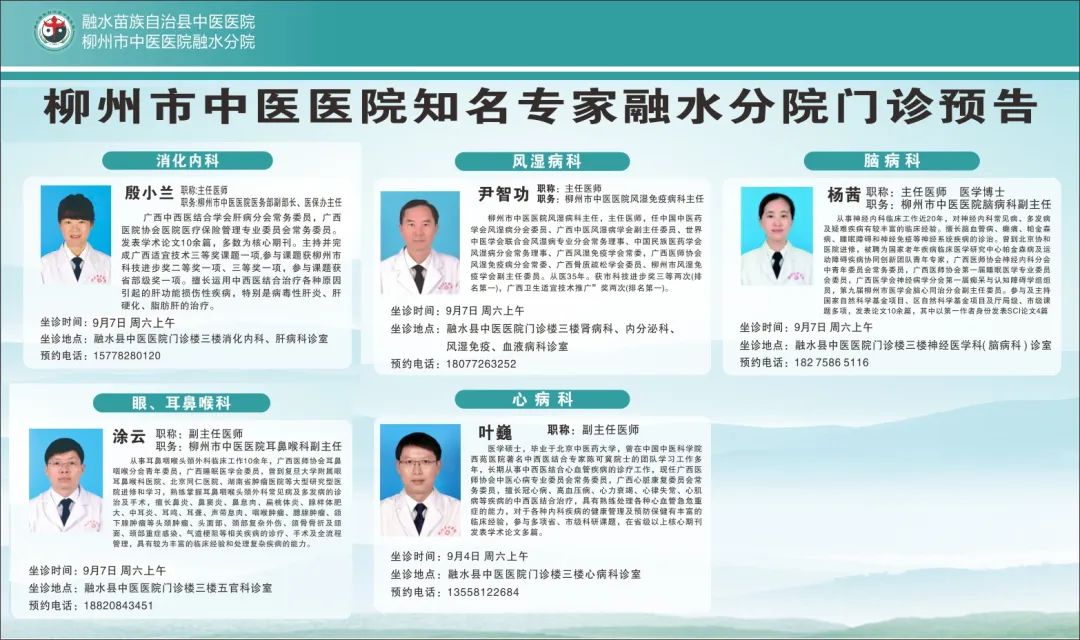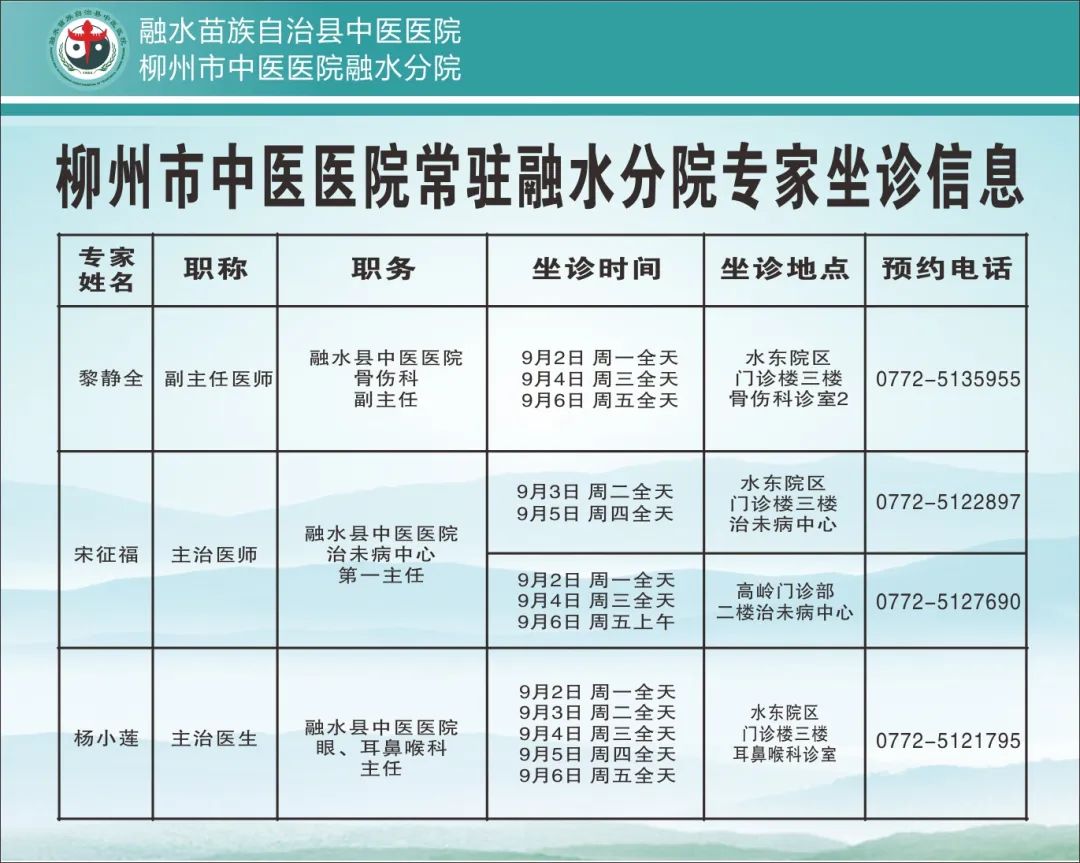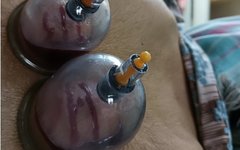
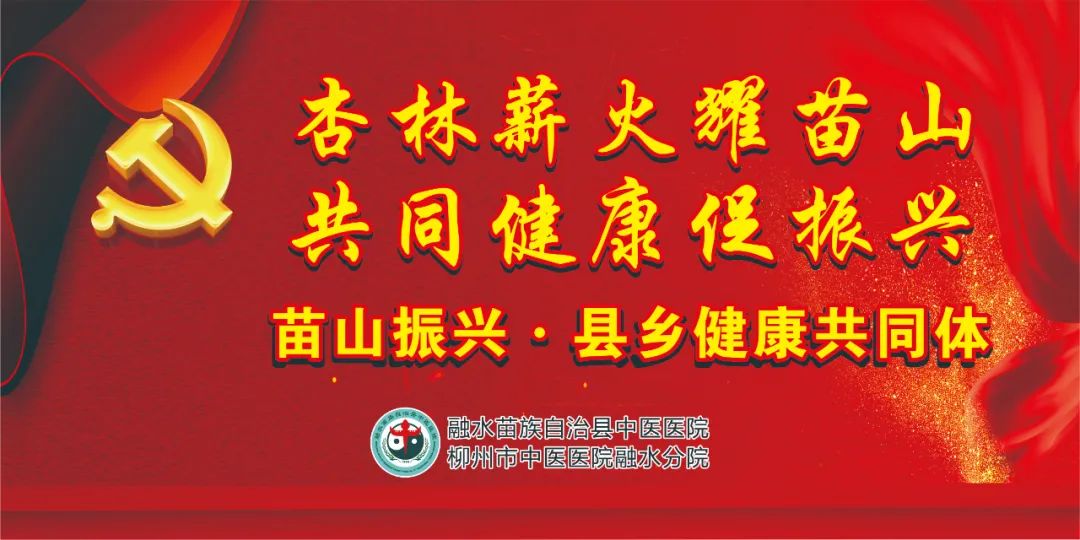
The earliest written record of bloodletting therapy in Traditional Chinese Medicine (TCM) can be found in the “Huangdi Neijing” (Yellow Emperor’s Inner Canon): “Ciluo refers to the puncturing of small vessels to release blood” and “When the blood is stagnant, it should be released to eliminate the evil blood.” Bloodletting primarily involves using tools such as the three-edged needle (san leng zhen), plum blossom needle (mei hua zhen), and fine needle (hao zhen) to puncture specific acupuncture points, lesions, or superficial vessels on the body to release stagnant blood, allowing the evil qi to be expelled from the body. This method aims to adjust the balance of yin and yang in the body, achieving effects such as clearing heat, dispersing cold, expelling wind, eliminating dampness, resolving phlegm, transforming stasis, reducing swelling, and alleviating pain, thus serving as a method for disease prevention and treatment.
Join us at Rongzhong TCM Hospital to learn how the Acupuncture and Tuina Department implements bloodletting therapy.
Case Study 1
Ms. Wang was working at home when she accidentally twisted her back, resulting in severe pain that made it difficult for her to sleep at night and limited her mobility. She visited the Acupuncture and Tuina Department at Rongzhong TCM Hospital to see the department head, Dr. Li Hua. An MRI of her lumbar spine indicated a herniated disc and lumbar fasciitis. After understanding her condition, Dr. Li admitted her for further systematic treatment.
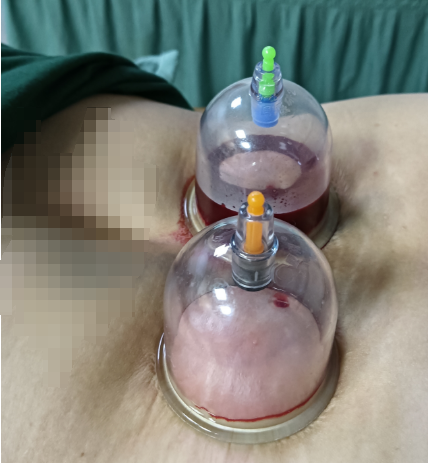
After admission, the doctors in the Acupuncture and Tuina Department performed local bloodletting and cupping therapy to achieve the effects of promoting circulation and alleviating pain.
After the bloodletting and cupping, Ms. Wang felt her back loosen up, and her pain significantly alleviated. She exclaimed, “The effect of TCM bloodletting is immediate; I couldn’t move at home, but after one session, my back feels much better.”
Case Study 2
Ms. Meng experienced chest and back discomfort without any obvious cause. Resting in bed alleviated her symptoms, but the pain worsened when she got up to move. After examination by the doctors in the Acupuncture and Tuina Department, the medical staff conducted a physical examination and initially diagnosed her with a compression fracture of the thoracic vertebrae. An MRI confirmed a mild compression fracture of the thoracic vertebrae. However, due to Ms. Meng’s advanced age, her family and she requested conservative treatment with TCM. The doctors performed bloodletting and cupping on her chest and back to relieve her pain.
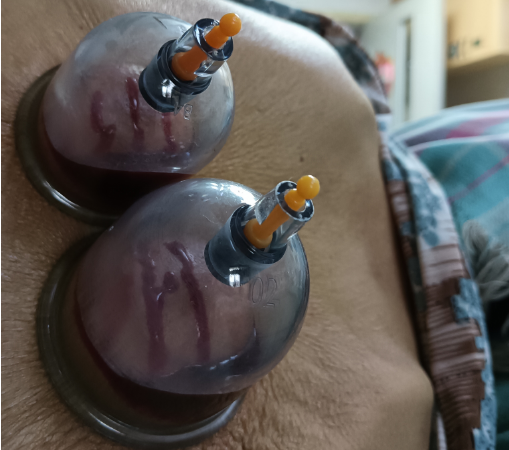
After the bloodletting procedure, Ms. Meng’s symptoms improved significantly. She is a Miao ethnic grandmother who only speaks the Miao language, and she smiled and said “zhengwu” (苗语: “The symptoms have improved a lot”). After a course of external treatment, Ms. Meng was discharged with improved symptoms.
Case Study 3
Ms. Wei, due to the hot weather, had been resting under air conditioning for a long time. Recently, while working, she lifted a heavy object, resulting in shoulder pain and limited local movement. She visited the Acupuncture and Tuina Department to see Dr. Li Hua, who ordered an MRI of her shoulder, revealing a rotator cuff injury with a small amount of fluid accumulation. Considering that the patient’s pain was in the acute phase, Dr. Li performed local bloodletting to relieve muscle tension and pain.In a moment, Ms. Wei’s shoulder pain was significantly alleviated.
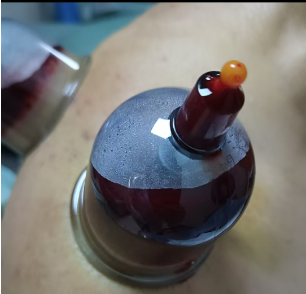
Case Study 4
Mr. Wang has suffered from “urticaria” for many years, with symptoms varying in severity. He sought treatment at multiple hospitals with unsatisfactory results. After being referred by a friend, he came to the Acupuncture and Tuina Department at Rongzhong TCM Hospital for bloodletting therapy combined with oral herbal medicine and Western medicine. His symptoms improved significantly compared to before. As the saying goes, “To treat wind, first treat the blood; when the blood flows, the wind will dissipate.”
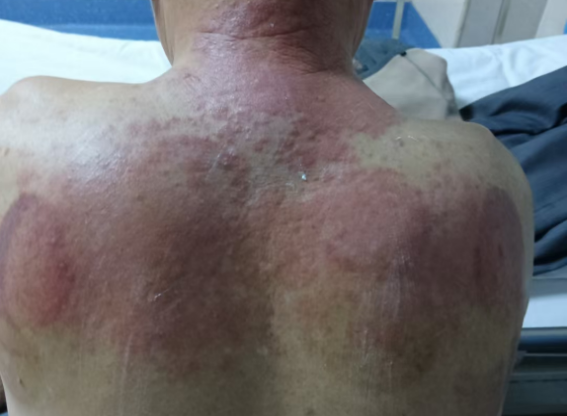
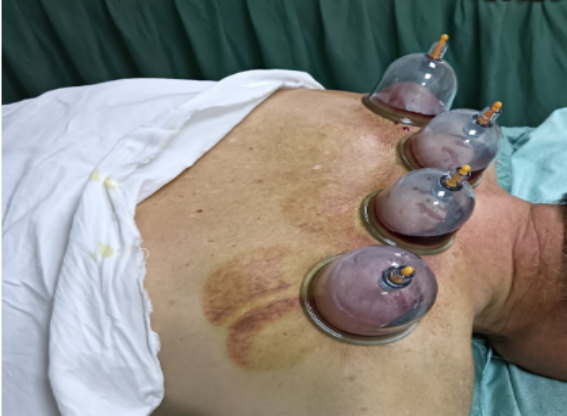
Indications for Bloodletting Therapy
Bloodletting therapy is mainly applicable for various excess conditions, heat syndromes, and pain syndromes. The puncturing method is often used for high fever, convulsions, stroke with coma, heat stroke, sore throat, and acute lumbar sprains; the dispersing method is commonly used for erysipelas, abscesses, and traumatic bruising pain; the pricking method is frequently used for red and swollen eyes, erysipelas, and hemorrhoids.
Contraindications for Bloodletting Therapy
Bloodletting therapy is contraindicated for individuals with weak constitutions, anemia, needle phobia, pregnant women, menstruating women, patients with serious illnesses, and those with infectious diseases.
Prohibited Areas:Prohibited areas for bloodletting therapy include the eyes, ears, and other facial features, as well as the left artery in the male perineum and the right artery in the female perineum.
Prohibited Conditions:There are also special conditions, such as during eating, hunger, excessive sweating, or severe diarrhea, when bloodletting therapy is usually prohibited. Additionally, strict disinfection of the skin and instruments is required to prevent infection, avoiding major blood vessels, and ensuring the skin is free from rashes or lesions.
Important Note:Bloodletting therapy should be performed in a formal hospital and by qualified medical personnel. Do not attempt to perform it on your own to avoid danger.
If you have discomfort in the cervical spine, lumbar spine, shoulder, or knee, and require TCM external treatment, you can visit the Acupuncture and Tuina Department at Rongzhong TCM Hospital (1st floor of the outpatient building) or the inpatient department on the 8th floor of Building 2 for consultation and treatment.

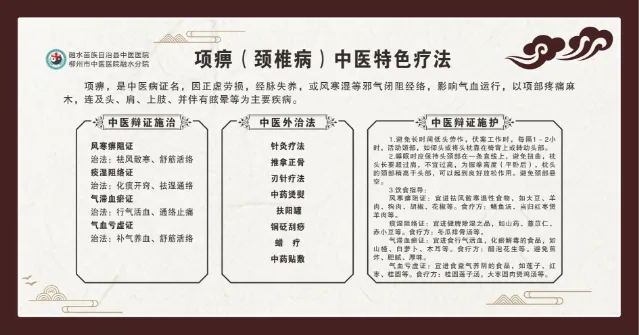
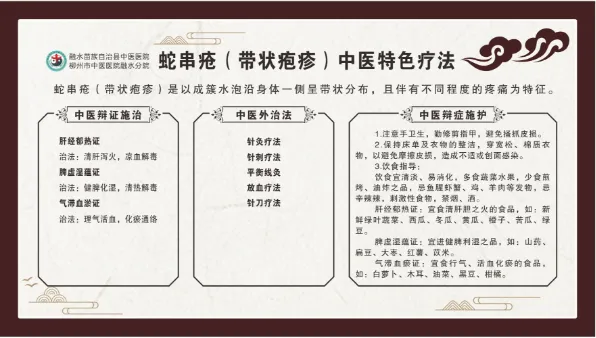
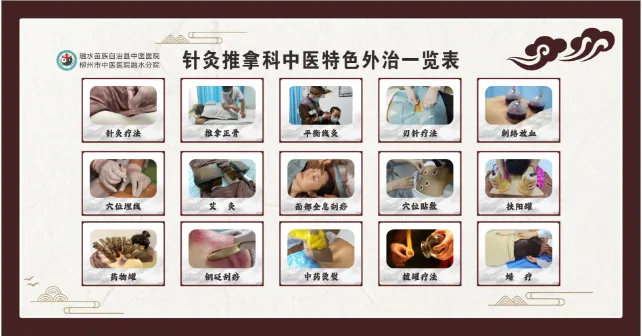
Rongzhong Miao Autonomous County TCM Hospital
Introduction to the Acupuncture and Tuina Department
The Acupuncture and Tuina Department is a key specialty of our hospital and is the most influential TCM specialty treatment department in our county, recognized as a key construction department for ethnic medicine in the autonomous region. The department staff adhere to the medical spirit of great compassion, integrity, and learning from others, using a combination of Zhuang medicine and TCM to serve a wide range of patients. The treatment effects are significant, with convenient operations, no toxic side effects, and safety, economy, and reliability, characterized by simplicity, convenience, low cost, effectiveness, and speed.
Staff Team:Currently, there are 20 medical staff, including 1 associate chief physician, 2 attending physicians, 5 physicians, 2 head nurses, 4 nurses, and 5 nursing staff.
Department Facilities:The ward has 44 open beds, with independent acupuncture and tuina rooms, outpatient and treatment rooms, equipped with multifunctional cervical and lumbar traction systems, advanced multifunctional computer three-dimensional traction beds, microwave therapy devices, infrared therapy devices, herbal ion steaming devices, acupuncture electrotherapy devices, and bone density testing devices.
Scope of Diagnosis and Treatment:Cervical spondylosis, lumbar and leg pain, shoulder periarthritis, herpes zoster and postherpetic neuralgia, arthritis, tenosynovitis, ankylosing spondylitis, bone hyperplasia, facial paralysis, vertigo, migraine, insomnia, stroke with hemiplegia, chronic eczema, and other diseases.
Specialized Treatments:Small needle knife, blade needle, acupuncture, TCM tuina (bone setting), traction, medium-frequency pulse electrical therapy, moxibustion (Zhuang medicine line moxibustion, balancing line moxibustion, governor vessel moxibustion), pricking therapy, electromagnetic therapy, cupping, herbal cupping, herbal steaming, herbal wax therapy, acupoint application, herbal hot compress, herbal heat wrapping, manual reduction, acupoint bloodletting, and manual meridian therapy.
Consultation Phone:
Doctor’s Office:0772-5122982
Nurse Station:0772-5132390
Consultation Address:He Xing’s office on the third floor of the outpatient building, Acupuncture and Tuina Department on the first floor of the outpatient building, Acupuncture and Tuina Department on the eighth floor of Building 2 of the outpatient building.
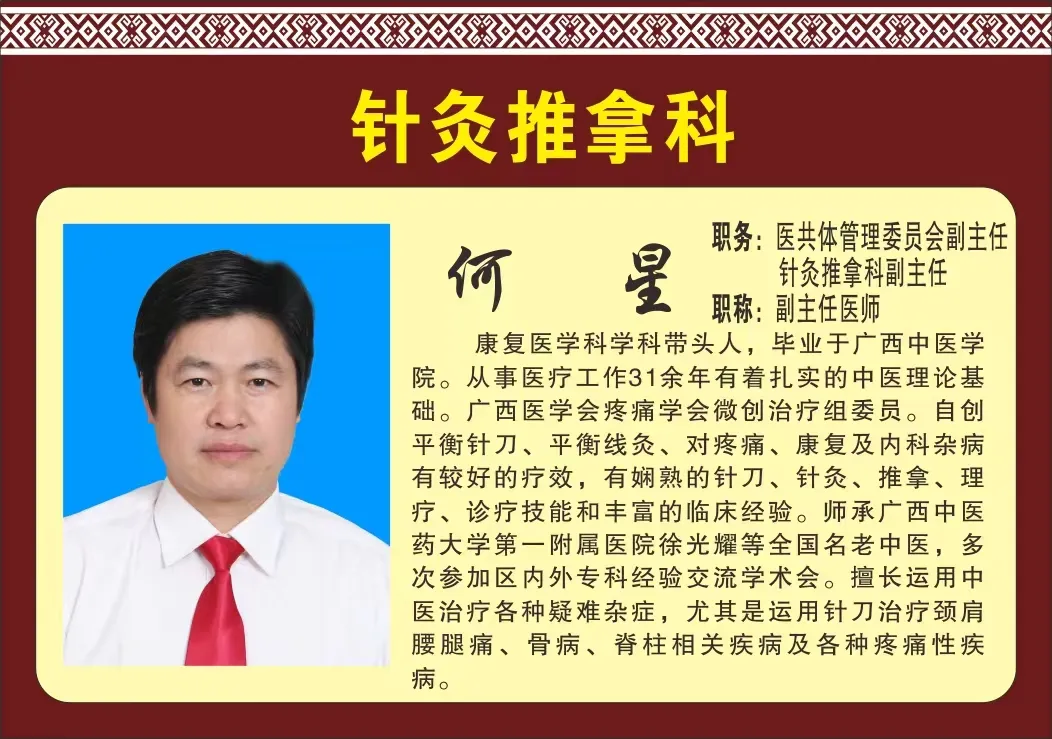
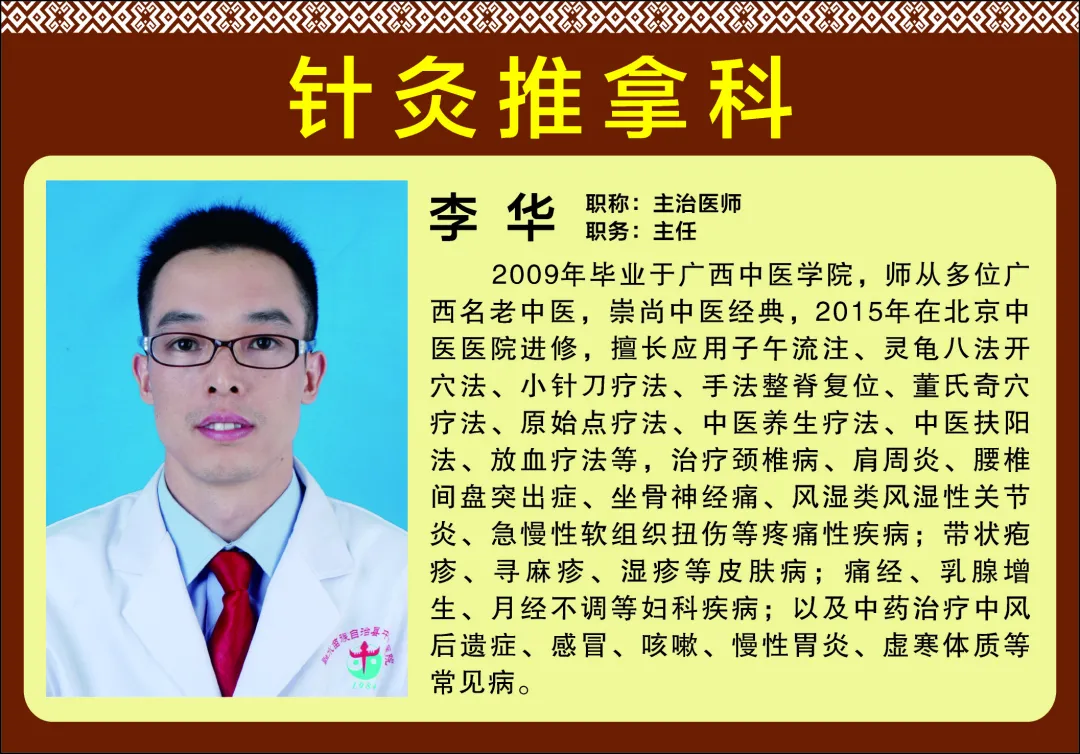
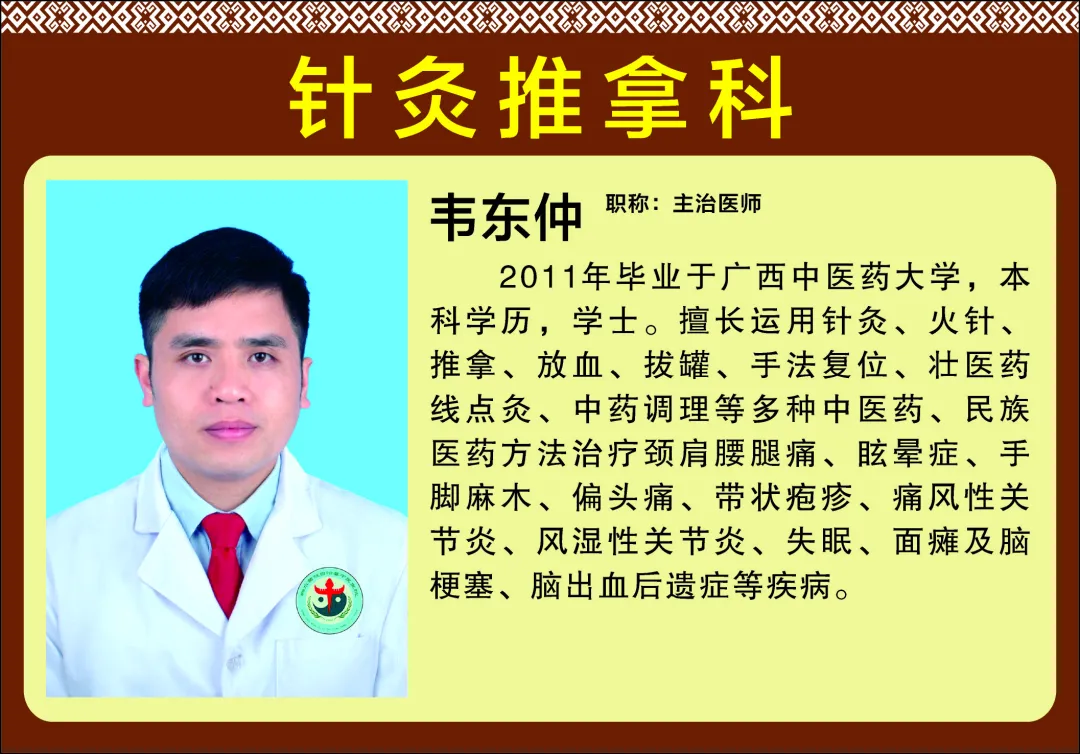
Correspondent: Wei Huimin Editor: Wu Changmiao
Proofreader: Wei Mengqing Reviewer: Xu Panfeng Tang Tiaoqi
